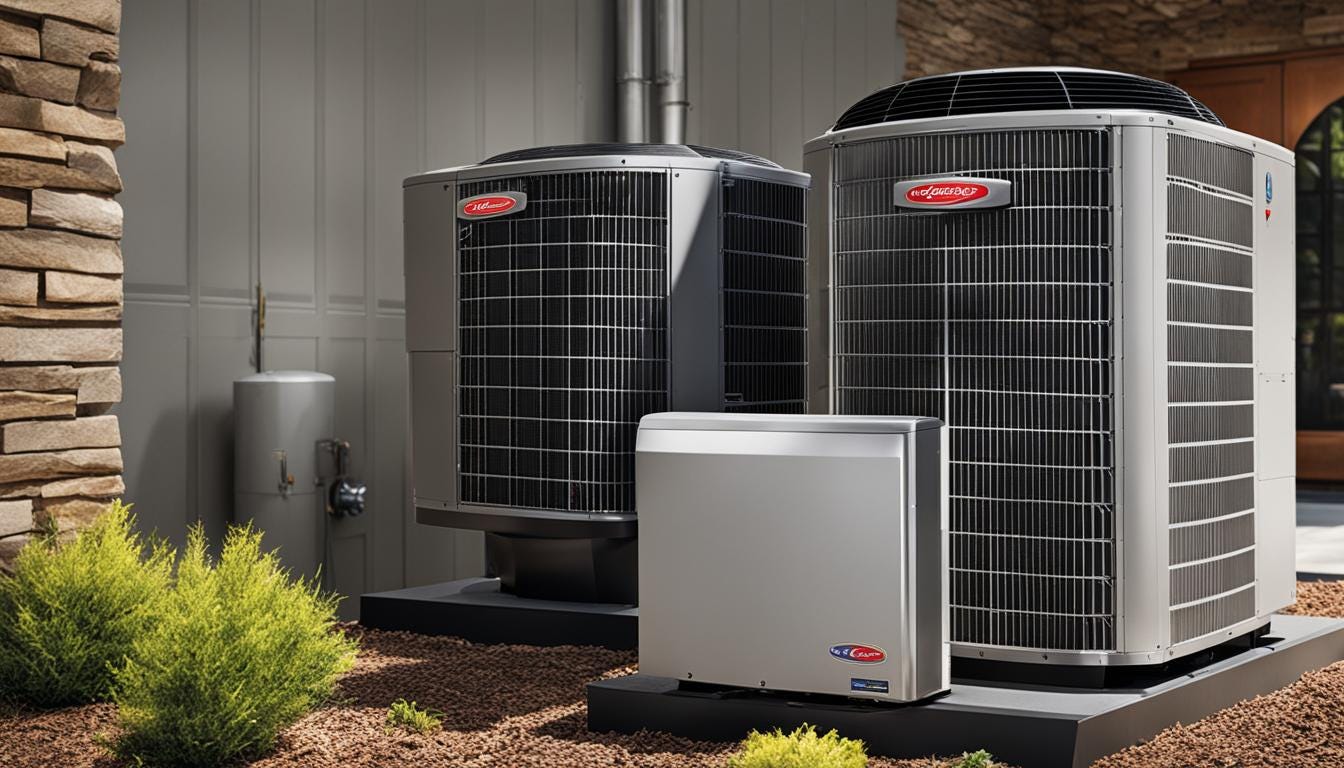When embarking on a home renovation project, one crucial aspect to consider is your heating, ventilation, and air conditioning (HVAC) system. Whether you’re updating an older home or adding new space, a natural gas forced air furnace can significantly impact your comfort and energy efficiency. But before diving in, it’s essential to assess your needs carefully.
Evaluating Your Needs
The first step in choosing the right HVAC system is evaluating what you currently have. Is it an old unit that struggles with extreme temperatures? Or perhaps you don’t have a system at all? Understanding your starting point helps in making informed decisions. Next, think about your specific heating and cooling requirements. The size and layout of your home play a significant role in this. A larger home may need a stronger system, while smaller spaces might be efficiently served by compact units. Additionally, consider any future expansions or changes to your living space that could affect your HVAC needs.

Different Types of HVAC Systems
There are several types of HVAC systems, each with benefits. Central air conditioning systems are popular for their ability to cool entire homes evenly through a network of ducts. Ductless mini-split systems are great for homes without existing ducts or for room additions. They offer flexibility and are relatively easy to install. Heat pumps provide both heating and cooling and are known for their energy efficiency. They work well in moderate climates but might need a supplemental heating source in colder areas. Each type has its pros and cons, so it’s crucial to choose one that aligns with your specific needs and climate conditions.
Blending HVAC Units into Your Interior Design
No one wants their HVAC units to be an eyesore. Luckily, there are easy ways to blend these essential components seamlessly into your interior design. Choosing the right location for units can make a big difference. Placing them in less conspicuous areas like basements or attics can keep them out of sight. Using unused spaces ensures they don’t disrupt the flow of your decor. For aesthetic enhancements, consider custom covers or cabinets that match your interior design. Painting units the same color as your walls can also help them blend in.
Functional Decor
Integrating functional decor elements can further help in concealing HVAC units while maintaining their accessibility for maintenance. Incorporating vents into shelving or cabinetry is one way to do this effectively. Designing around HVAC units with built-ins or using creative screens and room dividers can also work wonders. This approach not only hides the units but can also enhance the overall look of your space.
Maintaining Indoor Air Quality During Home Improvement
Home improvement projects often generate dust and fumes that can compromise indoor air quality. One effective way to maintain good air quality is by ensuring proper ventilation during renovations. Opening windows and doors helps disperse dust and fumes, while exhaust fans can remove contaminants from specific areas. Sealing off renovation zones from living spaces minimizes the spread of dust throughout the home.
Choosing low-VOC (volatile organic compounds) materials is another smart strategy. Low-VOC paints, finishes, adhesives, and flooring options release fewer harmful chemicals into the air, contributing to a healthier indoor environment. Regular cleaning practices like dusting and vacuuming frequently help keep contaminants at bay. Changing HVAC filters more often during renovation projects ensures your system isn’t circulating dust and debris.
Choosing Energy-Efficient Heating and Cooling Systems
Energy efficiency should be a top priority when selecting heating and cooling systems for your home renovation project. Understanding efficiency ratings can help you make informed choices. For air conditioners, look at the SEER (Seasonal Energy Efficiency Ratio) rating; higher SEER ratings indicate better efficiency. For furnaces, check the AFUE (Annual Fuel Utilization Efficiency) rating; higher AFUE means more efficient fuel usage.
Consider systems with energy-saving features like programmable thermostats, which allow you to set temperatures based on your schedule, reducing energy use when you’re not home. Zoned heating and cooling systems let you control different areas independently, optimizing comfort and efficiency. Variable-speed compressors adjust output based on demand, providing consistent temperatures without wasting energy.
Rebates and Incentives
Many local utility companies offer rebates for installing energy-efficient systems. Federal tax breaks may also be available for certain upgrades, providing financial incentives for making environmentally friendly choices. Additionally, investigate state-specific incentives and grants that support energy-efficient home improvements.

Enhancing Your Home Ambiance with Quiet and Efficient HVAC Solutions
A noisy HVAC system can disrupt the peaceful ambiance of your home. When choosing a new system, compare the decibel levels of different units to find quieter options designed specifically for noise reduction. Placing units strategically can also minimize sound disturbances; for example, positioning them away from bedrooms or living areas.
Optimizing system performance through regular maintenance ensures efficiency and helps keep noise levels down. Balancing airflow throughout the home prevents strain on individual units, further reducing noise output.
By following these tips, you can find an HVAC system that meets your needs while blending seamlessly into your home’s design and maintaining optimal indoor air quality during renovation projects.






